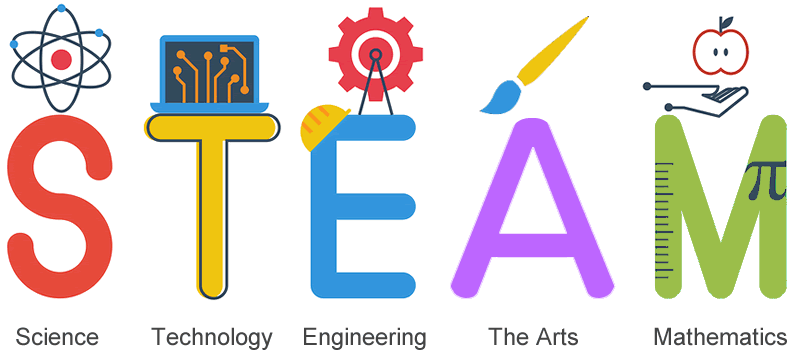STE(A)M powered education
Sustainability | 15 October 2023

Supporting education can be done in many ways. However, education presents a conundrum – the community wants and needs with a passion, but companies do not have in-house capability, interventions have little immediate development impact (particularly when compared with the other areas of water and food security, health, and income generation) and the requirement to work with government education agencies adds a level of complexity.
Quality Education (SDG4) is a laudable goal, but it can be hard to make a strong case for company funding of community requests for assistance with education-related activities and projects. The often-stated rationale for companies spending time and money on the early education of future generations of potential employees doesn’t make sense for many projects with a relatively short development and operating cycles (<10 year). The exception might be the major players (Rio Tinto and BHP come to mind) with their 30 to 50-year operating windows so have a much stronger argument for making an inter-generational impact. Also, smaller projects often don’t have the long lead-time in which to invest in bringing 18- to 25-year-olds up to job-ready status. Either that, or they use the excuse that “we don’t even know if we will go ahead so we can’t do anything that might raise expectations about jobs”.
A little while back had a bit of an “ah-ha” moment with the thought that maybe my issue has been one of framing in that I have been looking at spending company money (of which there is never enough) to support education initiatives (of which there are always too many) with a view towards having a long-term development impact rather than seeing assisting with schooling as a contribution to relationship building. Where relationships are concerned it was drummed into me early on that “money can’t buy love” which may have pushed me towards a hard-nosed (or is it hard-hearted) position. Balancing this is the knowledge that doing something that is easy/low-cost for me and provides a big benefit for others is a good thing. On the other hand, being an Australian expatriate engineer and working in a business environment where cost management and return on investment are drummed into the head brings with it biases that aren’t easy to over-ride maybe doesn’t help.
Where I have landed for now is being more open to requests that assist with Science, Technology, Engineering, (Arts), Mathematics (STE(A)M) education. The reason for focussing on STE(A)M rather than the much bigger, generic education bucket is that the relative size of the drop-in-the-bucket will be larger and more visible. I think STE(A)M increases the overlap with business interests and capabilities for companies that see themselves as technology adopters making connection and justification easier. From the viewpoint of enhancing reputation it is a safe option (in that it is widely adopted, provides the opportunity to gain essential life skills and is easy to scale-up or down) and contributes as a local solution for a global issue. There is also the opportunity to pressure tech suppliers and contractors to partner/contribute. From the perspective of development outcomes STE(A)M education links to SDGs 1, 2, 4, 8, 10 and 17 and is an opportunity to learn for the joy of learning and build the capacity to work / earn. As a risk mitigation it provides the opportunity for youth participation and anything that gets youth active and engaged is a good result in itself.
As an integrated package STE(A)M driven education could include one/more/all of the following – teaching aids for primary and secondary schools, post-graduate STE(A)M scholarships, vocational technical training, creating / contributing to local / national STE(A)M centres of teaching excellence and partnering with universities for both teaching and STE(A)M research. With so many possibilities it is not such a good idea to try and touch everything. Rather, the emphasis needs to be on doing less but doing it well and making the most of the skills and other resources that are accessible to the company and to home-in on the opportunities with the greatest potential return on the investment.
Unlike three other development pillars that companies often support – water, nutrition and income generation - the links between development outcomes and STE(A)M are not as well researched or documented (or at least not as easily found on the web). I don’t think this is a fatal flaw. It is more a case of being prepared to accept that quantifying impact and value of STE(A)M are going to be a little more difficult. As with any development programme, it will pay to find an education expert to help you work out the best way to get the most out of your investment, particularly if you are committing significant money and resources to a multi-year venture.
If you’ve been down the STE(A)M track (or any other education theme for that matter) and are happy to share your experience, I’d love the opportunity to learn what has worked and what hasn’t.
Post a Comment